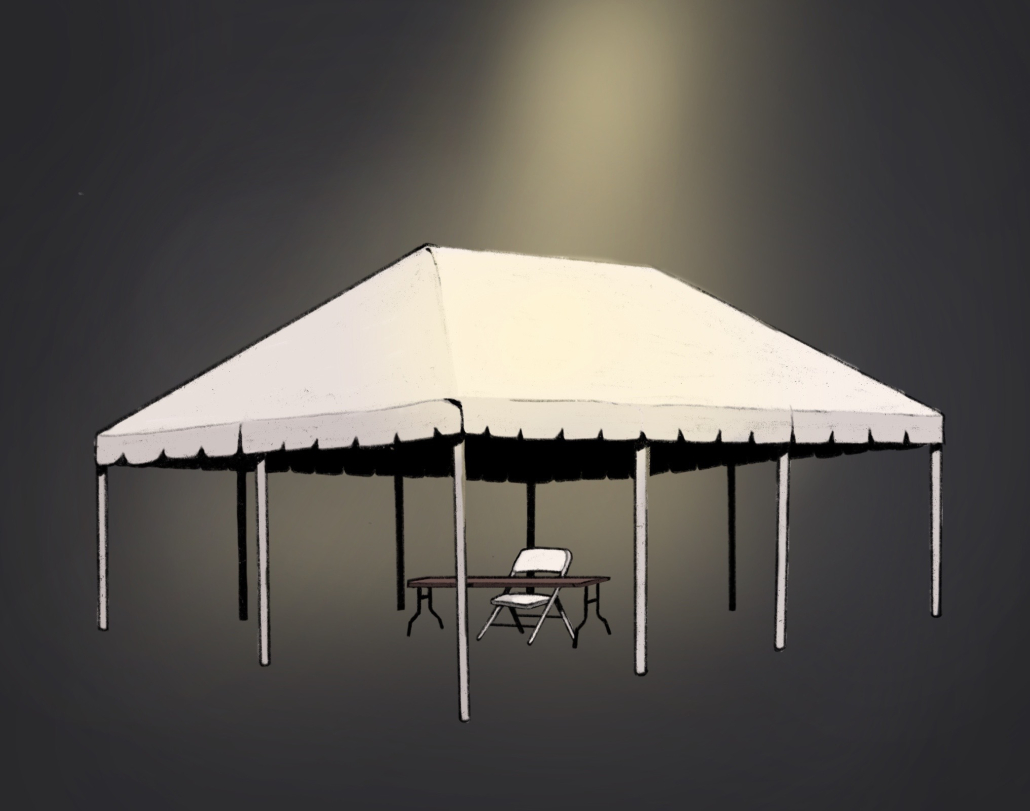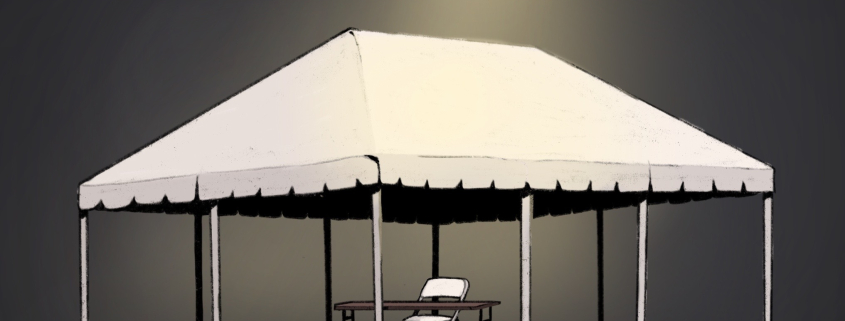USC should create and expand its outdoor study spaces

Let’s be transparent: When it comes to studying, sometimes you crave a specific space that allows you to stay focused, has multiple uses and is comfortable to stay at. This helps avoid having to move from place to place to fit your needs. However, at USC, it’s difficult enough to even try to find a place to sit, let alone fit such accommodations.
According to USC’s Facts and Figures of the 2021-2022 academic cycle, there are around 21,000 undergraduate students and 28,500 graduate students. This totals to a student body of 49,500.
Putting those statistics into perspective, one would understand why it’s difficult to find an outdoor study space when weather conditions are desirable. This signals a demand for more outdoor spaces, but ones that satisfy versatility and comfort.
While the white canopies are spread around the campus in an effort to create more outdoor spaces, they don’t necessarily meet all student needs. For students, the spaces themselves aren’t the most comfortable. Their electronic usage is limited due to a lack of outlets, and, with just plain tables and chairs, there’s not much that can be done in cases where students may need to charge their electronic devices.
With the increase in digital use due to coronavirus and virtual modalities, it’s important for universities like USC to pay attention to the growing technological paradigm. This means ensuring that students can mentally and physically take care of their wellbeing and have the resources they need to support that. Research from a collaborative study out of UMD and Cornell University in 2020 has shown that by simply having some exposure to nature, positive impacts can be seen in regards to mental health.
The study goes on to discuss that students in American colleges and universities tend to experience higher levels of stress, depression and other psychological conditions. Researchers propose that the idea of nature therapy, which is the exposure to nature, can actually help improve the lives of college students. If institutions can implement programs creating more green spaces, significant improvements in mental health would be seen. Both programs incorporate clinicians prescribing people to spend time in nature.
The University of Arizona even acknowledged some of the benefits of studying or working outside. Such benefits include having a natural boost of energy, an increase in problem solving, improved moods and better teamwork skills.
That is where expanding versatile and comfortable spaces comes in. Potential Ideas for versatile spaces would include having furniture such as seating cubes that can be moved around and assembled as one pleases, or even having different types of furniture within one space. Incorporating different types of tables such as ones with wheels, low platforms and high platforms, would also benefit the outdoor space. The University can also add on essentials such as movable outlet pillars.
When considering the health benefits of introducing more green spaces in an individual’s daily life, people can clearly see that such changes towards versatility and comfortability can make a huge difference. This is why USC should consider creating more outdoor spaces that have the potential of improving the wellbeing of its student body. While students have Leavey and Doheny Library, we all need a little more sunshine while we work.

